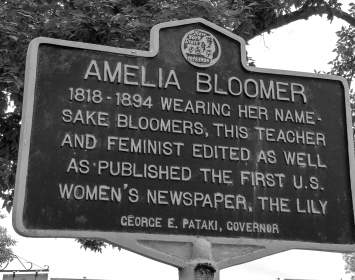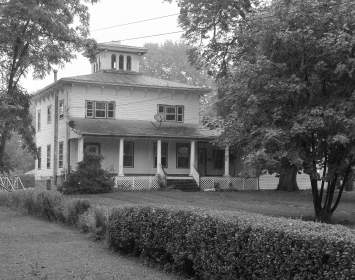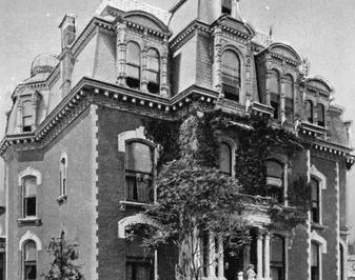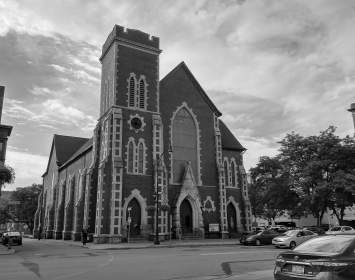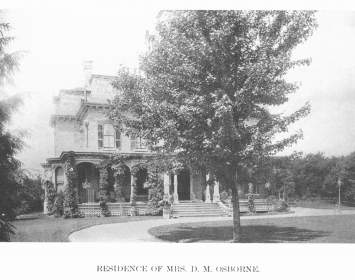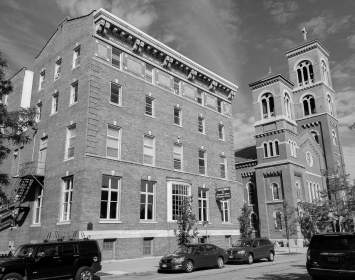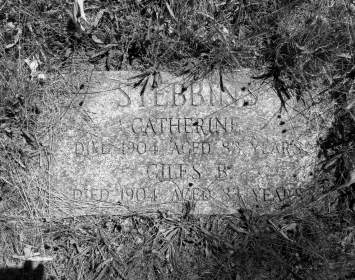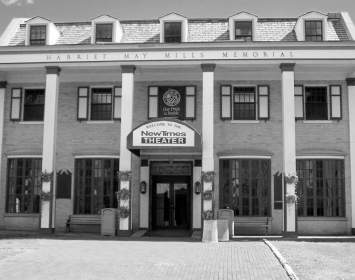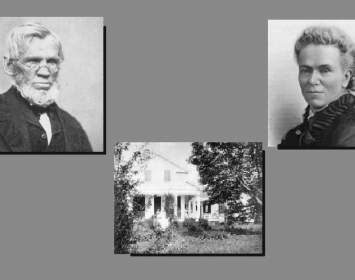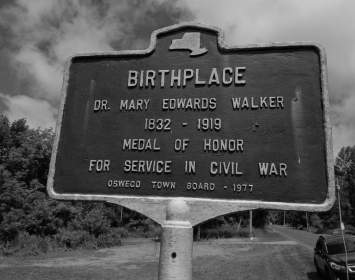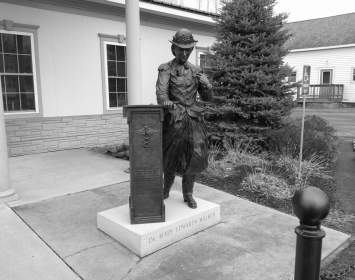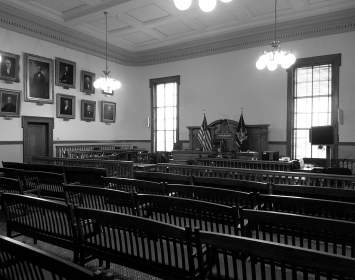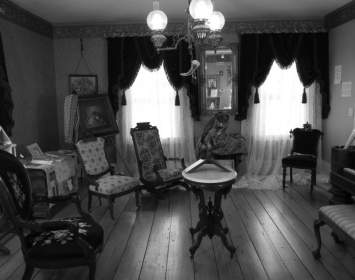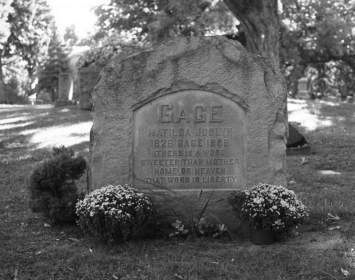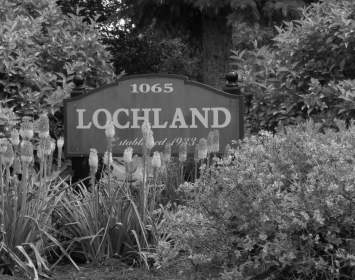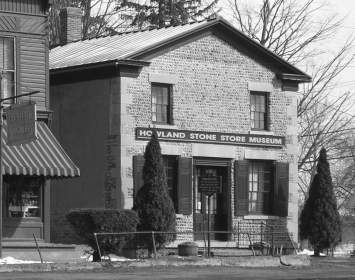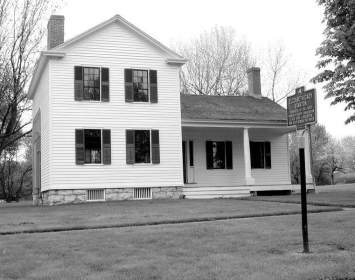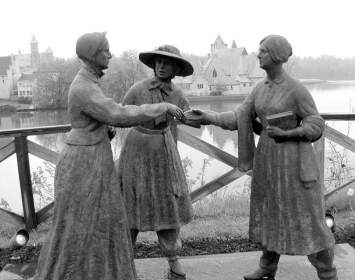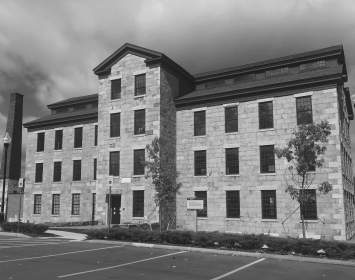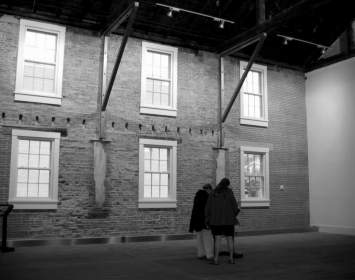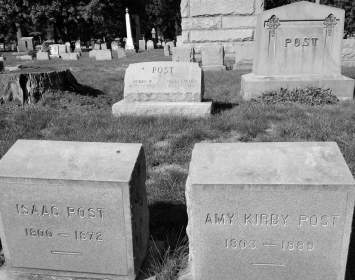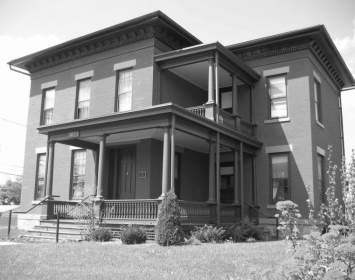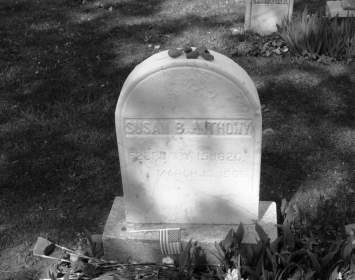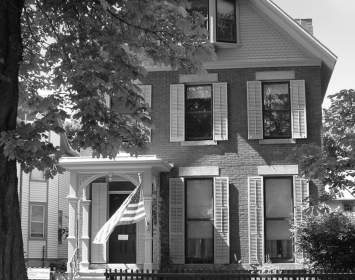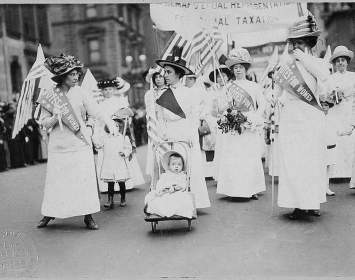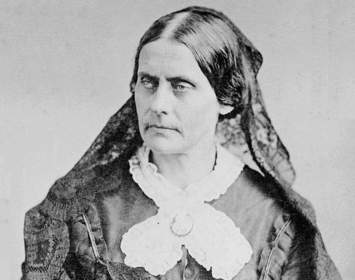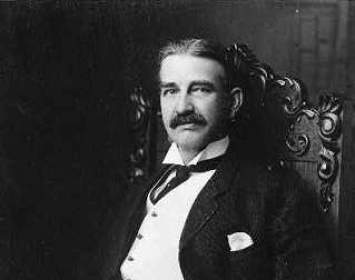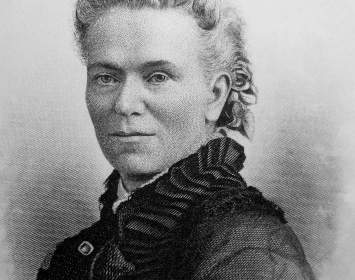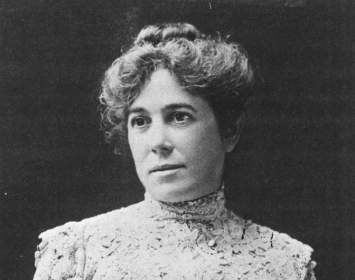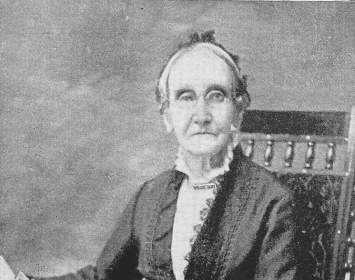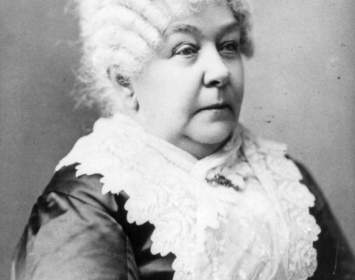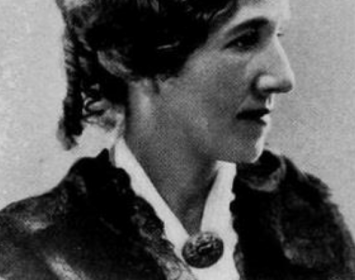Woman's Rights Sites
Custom
380.5 Miles
This trail extends from Rochester on the west, Oswego on the north, and Fayetteville on the east before terminating in Binghamton in New York's Southern Tier. Unmarked sites are omitted; all sites on this list include a gravestone, a historical marker, a historic structure, or a museum. The Canandaigua site of Anthony's trial on the charge of unlawful voting remains the Ontario County Courthouse; the courtroom in which she was tried remains a working courtroom. The trial is commemorated by displays in the public lobby and others in the courtroom itself. Researchers having need to see all the displays must apply to the county government for access. The northerly excursion to Oswego will be of greatest interest to admirers of Mary Edwards Walker; the southerly excursion to Binghamton, the only site of a New York State Woman Suffrage Association convention to bear a historical marker, will be of greatest interest to enthusiasts of the suffrage movement. Visitors seeking a shorter curated experience (and planning to omit the Oswego and Binghamton excursions) might wish to visit the Rochester-area sites in one outing; Sherwood, Seneca Falls, Geneva, Penn Yan, and Canandaigua in a second journey; and Fayetteville as a third. The Matilda Joslyn Gage Center in Fayetteville is especially rich and will reward a longer visit.
The deep overlaps between nineteenth century woman’s rights and suffrage activism and the freethought movement should surprise no one. After all, the traditional Christian churches of that time were the most ferocious defenders of two ancient certainties: (1) women were inferior because God had made them that way, and (2) male domination over women was simply part of God’s plan. And did we mention that God is male?
Suffrage was a profoundly radical movement that sought to upend one of Western society’s most deeply rooted traditions: the systematic disenfranchisement of one half of the human race. No wonder freethinkers were so easily found within its ranks. For example, the three top-ranking leaders of the nineteenth century woman’s rights and suffrage movements were a moderately outspoken freethinker (Elizabeth Cady Stanton) ... an outrageously outspoken freethinker (Matilda Joslyn Gage) ... and Susan B. Anthony. Anthony was the "traditionalist" of this group, but even she was a radical religious liberal (first a Quaker, later a Unitarian). Even so, at the height of her power over the suffrage movement, Anthony would make overtures to religious conservative groups, believing such alliances necessary to win women the vote.
There were other influences, too, including the hugely popular children’s books of L. Frank Baum, who had married the youngest daughter of Matilda Joslyn Gage and spent years absorbing Gage’s freethinking and feminist ideas. In Baum’s land of Oz, women are men’s equals, religion is all but absent, and free individuals work out their differences with little involvement by the state. Also, central New York women including Anthony, Stanton, and Elizabeth Smith Miller played significant parts in suffragists’ experiment with dress reform, which produced the famous Bloomer costume.
Side note: Woman’s rights (singular) is correct when discussing feminist and suffrage-related activism during the nineteenth century. The more familiar women’s rights (plural) became the more common usage during the twentieth century, following most of the events focused on along the Freethought Trail. (For example, the organization founded as the National American Woman Suffrage Association in 1890 renamed itself the League of Women Voters after women gained the vote nationwide in 1920.)
